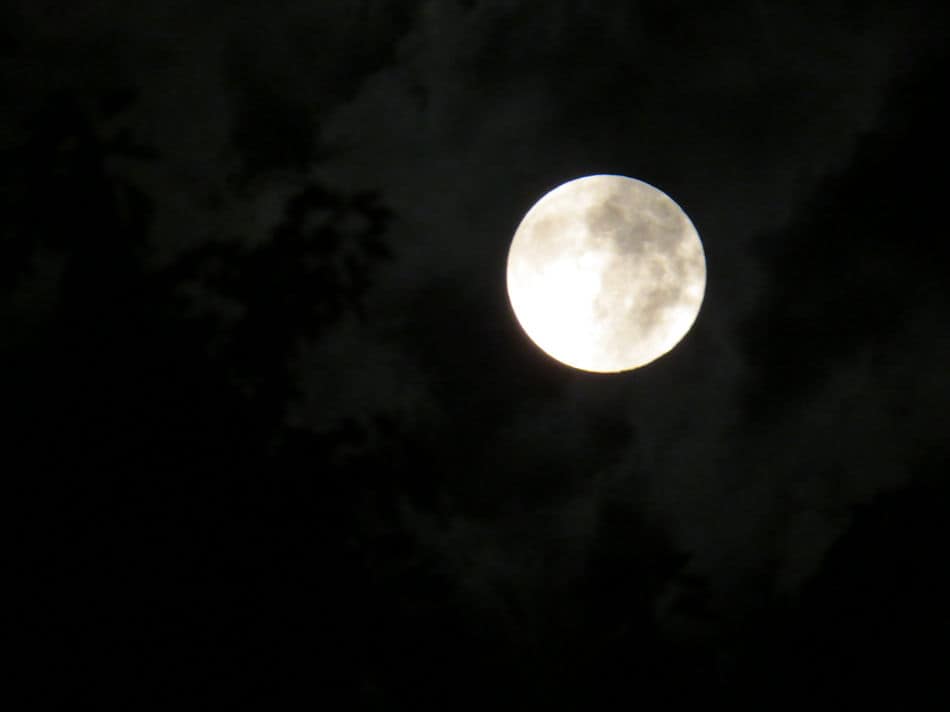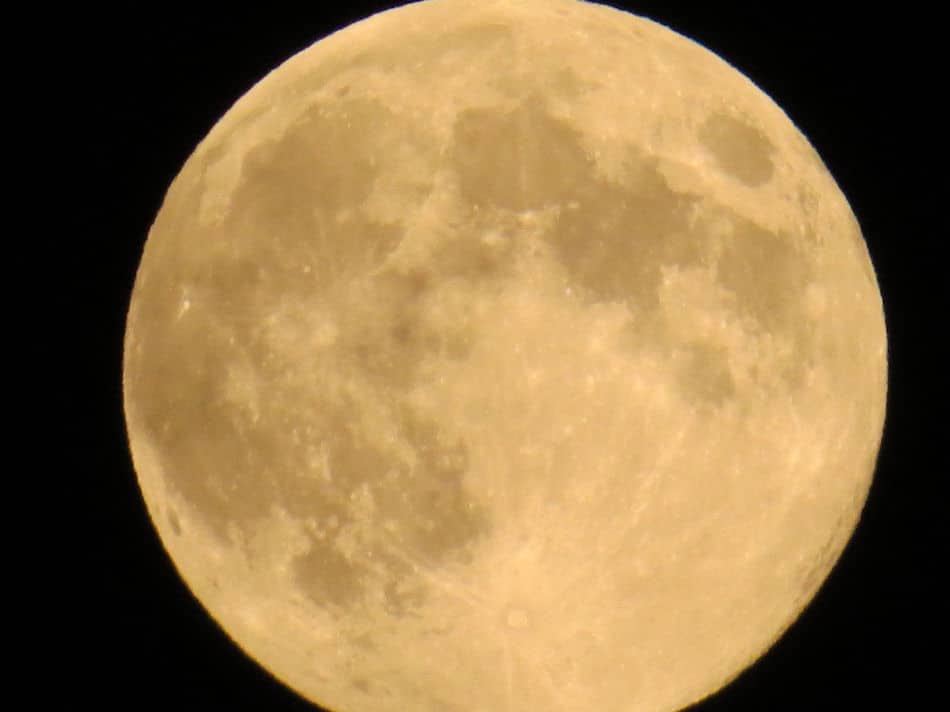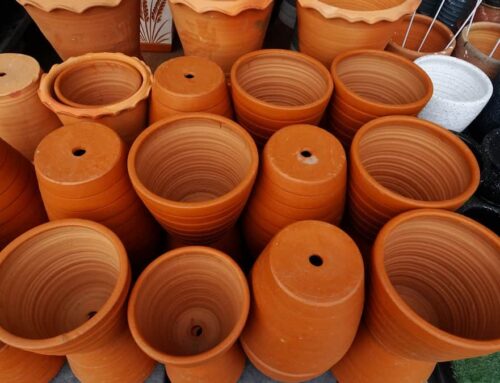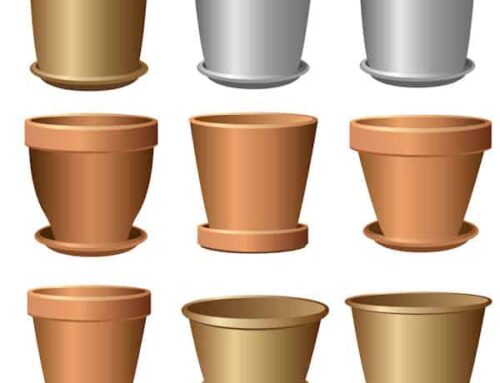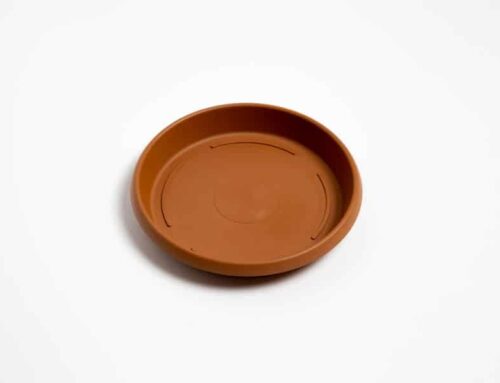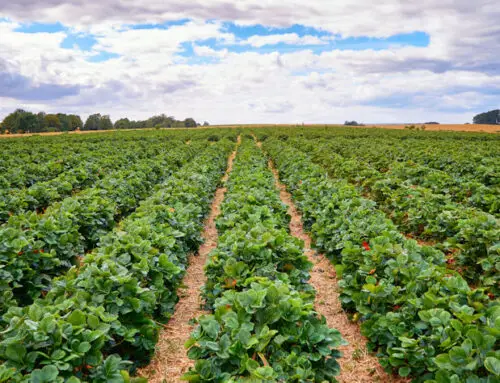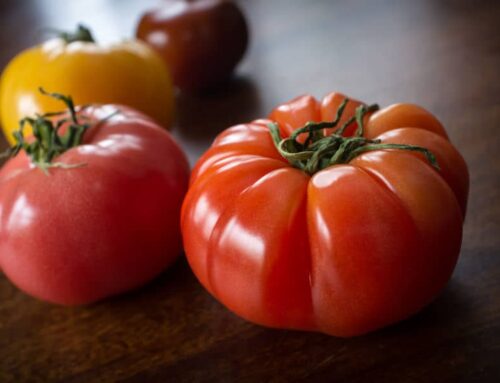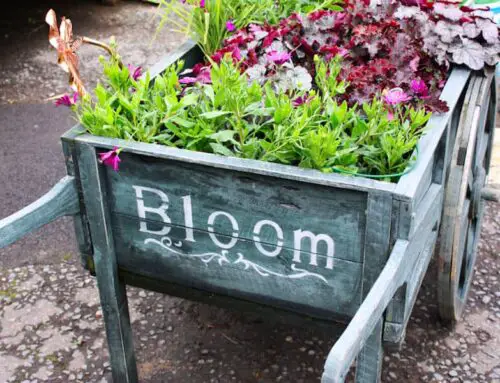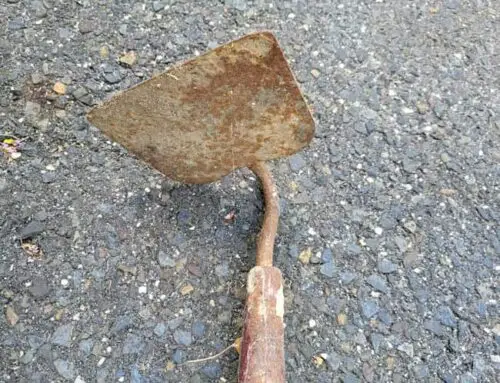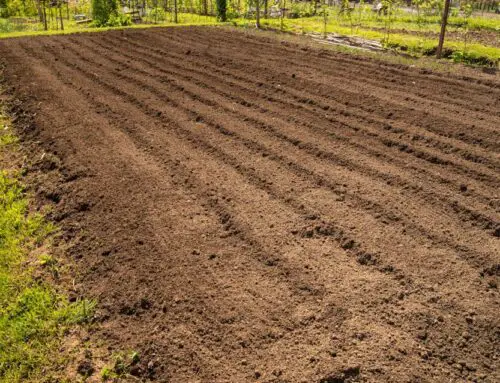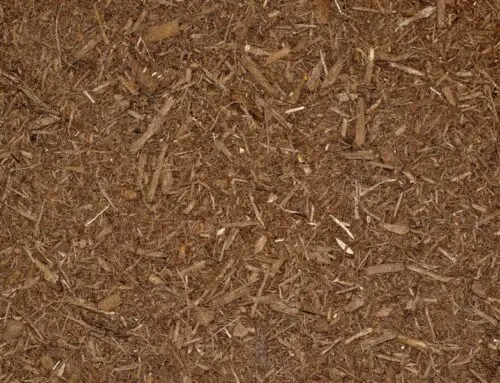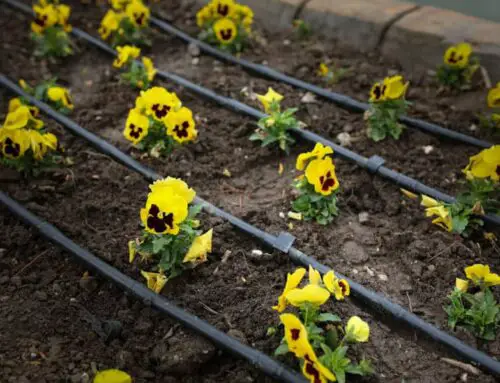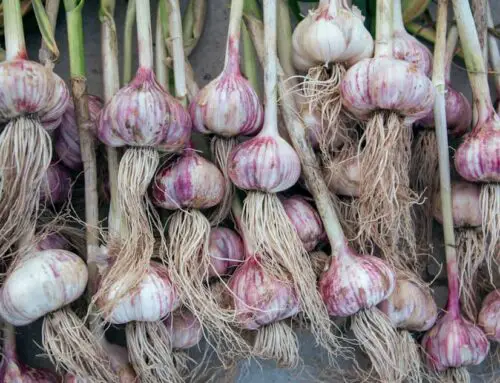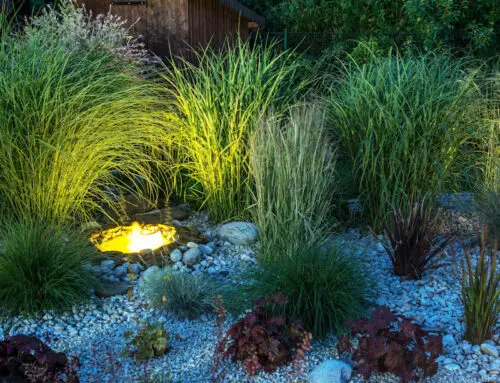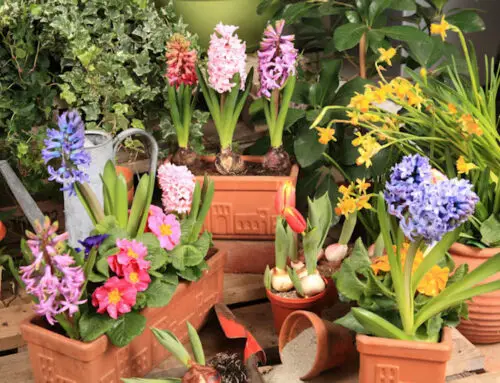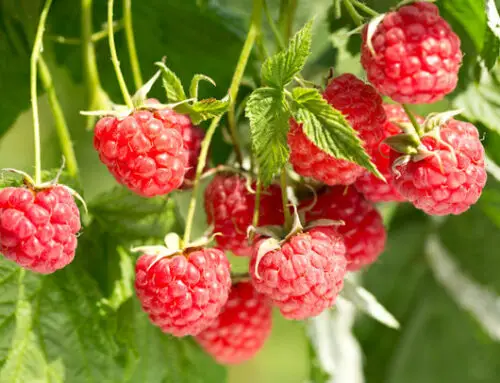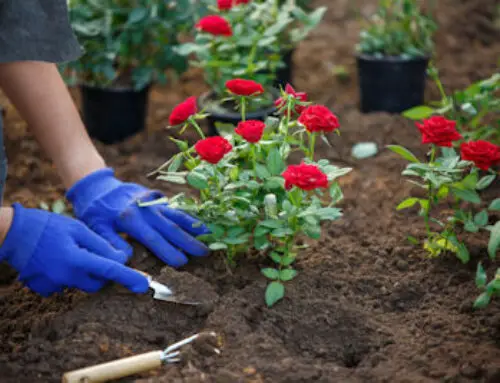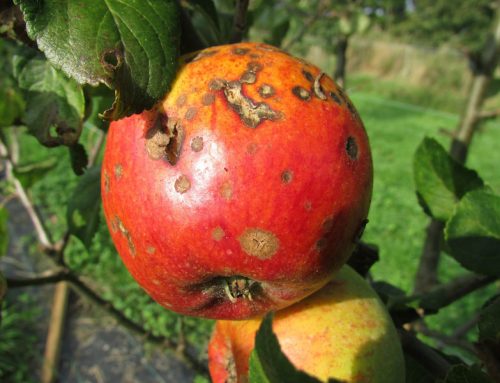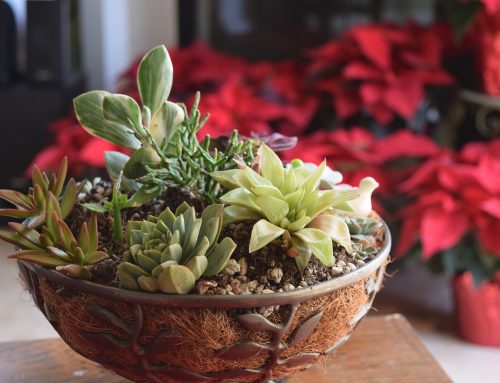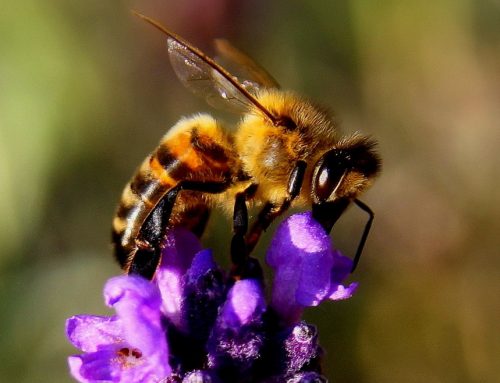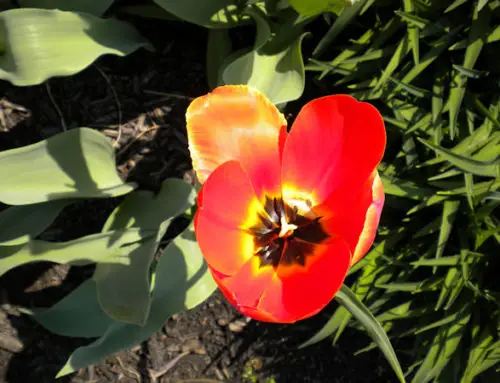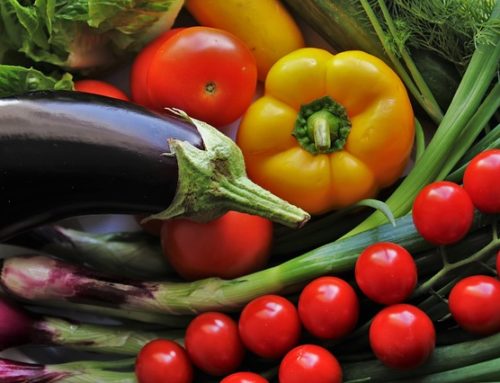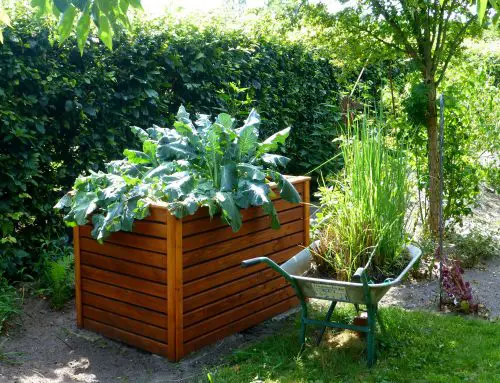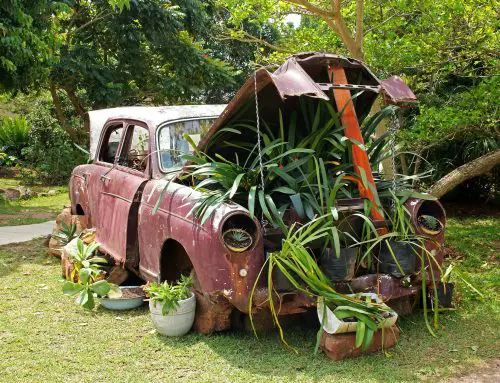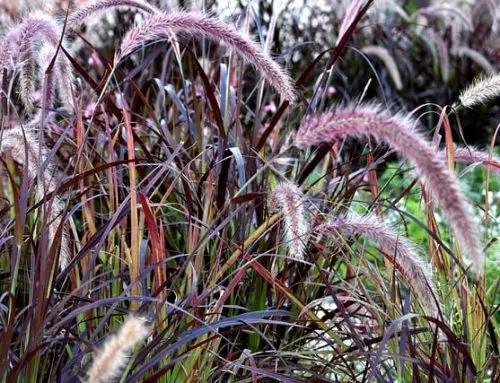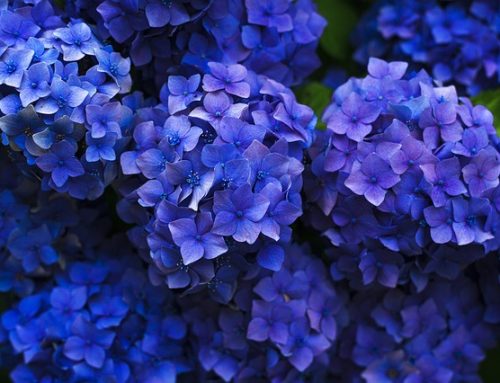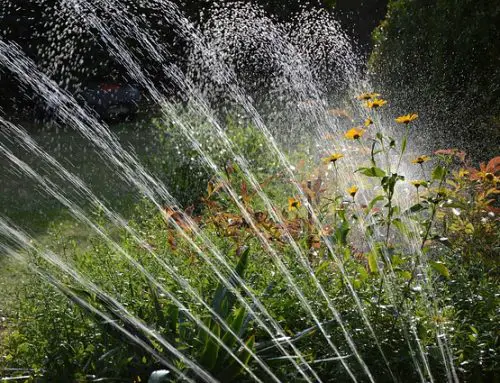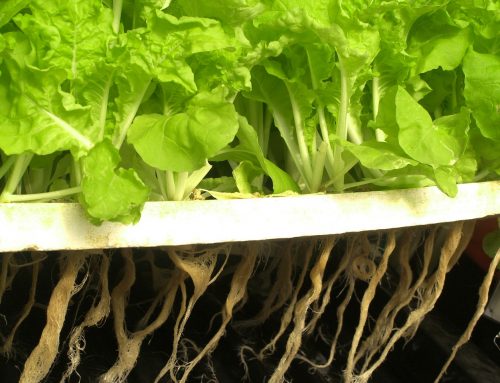Gardeners are a stubborn breed, and often pass down Old Wives Tales that may or may not make their gardens more prolific. From using sugar to sweeten your tomatoes as they grow, to planting beans and potatoes on Good Friday, to ridding a garden of flies with a bag full of pennies, there are a plethora of tales that may or may not actually help your garden to grow. So how about gardening by the moon? On a scale of zero to Old Wives Tales, how well does gardening by the moon work?
Using the lunar calendar to time your planting is said to offer faster germination, affect the growth of roots and leaves in a positive way, and give you a more abundant harvest. If the gravitational pull of the moon affects the oceans, then it follows that it also affects the water in the soil.
Read on to learn more about how the moon affects gardening. Though some gardeners might scoff at the idea of moon gardening, there is something to be said for timing your planting cycle with the phases of the moon. And as long as you plant your flowers and vegetables appropriately for the zone in which you live, you don’t really have anything to lose.
How Does the Moon Affect Gardening?
Many gardeners still feel that gardening by the moon is folly, but even the Farmer’s Almanac has a plan in place for doing just that. With a full lunar cycle, there are four phases that the moon goes through: the new moon, the full moon, and two quarter phases aptly named first and last. The moon gets bigger and grows in light for half of its cycle (waxing) and gets smaller, diminishing in light for the other half (waning).
There are three ways that gardening by the moon helps plants thrive. The gravitational pull of the moon pulls water closer to the soil’s surface at certain times, different times of the moon phase offer perks for planting certain vegetables, and the phases affect the growth of different plant parts.
The Moon’s Gravitational Pull Affects Soil Moisture
Although you may never have thought about gardening by the phases of the moon, odds are that you have visited an ocean and seen the effect of the moon’s gravitational pull on the tides. During high tides, it is the moon’s gravitational pull acting on the oceans. And during low tides, the Earth is pulled towards the moon.
Gardeners who garden by the moon say the same applies to the moisture in the soil. Seeds drink more water in the new moon phase and the full moon phase, as more moisture is drawn to the soil’s surface. With more moisture, seeds tend to grow faster, and germination is amplified.
Specific Lunar Phases Work With Specific Crop Planting
Different lunar phases are good for planting different types of crops. The most critical periods for moon phase gardening identify two key periods of the lunar cycle. First, the waxing of the moon, which is the time between the new moon and the full moon. And second, the waning of the moon which is the time between the full moon and the new moon.
In order to get the most out of gardening by the moon, gardeners should plant certain plants during the waxing and certain plants during the waning in order to get the most from the system. Anything that grows above the ground should be planted during the waxing time, including leafy vegetables like corn, tomatoes, and zucchini.
As the light builds toward the full moon, these plants will grow stronger. On the other hand, plant anything that grows below ground during the waning moon. This includes tuber vegetables, carrots, and beasts. As the moon offers less light during the waning phase, the roots of these plants will thrive.
Moon Phases Supplement Growth of Plant Parts
Different phases of the moon offer different parts of the plant growth. When the moon is waxing, for instance, sap will flow freely and this is a good time for leaves and stems to grow. The full moon, although it is such a short time, is the time of greatest energy in all plants. And if you want to plant things like microgreens and sprouts that will germinate quickly, this is the time to do it. The waning moon gives a growing concentration to building strong roots.
Verdict: The Moon Affects Gardening in Several Ways
Both Old Wives and the Farmer’s Almanac alike agree that directing your planting by phases of the moon will help your plants to flourish. With the moon’s gravitational pull affecting the moisture level at the surface of the soil, different moon phases offer more water and therefore better growth.
Additionally, the waxing moon offers a better chance for above-ground leafy plants to grow, while the waning moon offers power for roots to grow in plants that thrive underground. And finally, different parts of the plant grow stronger during different moon phases.
What Steps Should I Take to Plant By the Moon?
Gardening by the moon does not require anything heroic in order to set you up for success as a gardener. As long as you are utilizing the moon phases during your planting seasons in your zone, these moon phases will offer you an additional perk to growing without any extra labor.
Planting by the moon will streamline the cultivation and growth of your plants. Study the lunar phases and consult a lunar calendar so that you can make the most of the timing of your planting. Whether the waxing moon, waning moon, or full moon itself, each phase offers you distinct advantages.
Use the Waxing of the Moon
When the moon is waxing, from the new moon to becoming more fully illuminated, take advantage of this powerful time to plant or transplant leafy plants. These include cabbage, broccoli, celery, lettuce, spinach, etc. Additionally, plant fruits with external seeds during the first quarter phase. The moonlight that shines on the plants each night will grow in intensity, and help these young plants to flourish.
Use the Waning of the Moon
During the waning of the moon, just past its fullest illumination, is an excellent time to plant root crops. These include turnips, potatoes, and beets. The disappearing light of the moon sends its energy to the roots of the plants, which is an optimal time for root vegetables to thrive. Therefore, these plants that grow below the surface of the soil will enjoy success.
Don’t Forget the Full Moon Itself
The four days surrounding the full moon are an excellent time to garden. This is the time of highest energy in your garden, and your plants will react accordingly. During this time, consider planting shrubs and vines, fruiting perennials, and plants like strawberries, asparagus, and herbs. This is also the perfect time to transplant or plant cuttings, or anything of a delicate nature that needs a little push. Don’t forget sprouts or microgreens, which will germinate even more quickly and easily during this time.
Relax During the Last Quarter Phase
After all it’s hard work growing, both your garden and you will need a rest. In the last quarter phase, gardeners should avoid any type of planting. Do other work of the garden at this time such as mulching, weeding, composting, and other soil work. Let the planting and harvesting go for a short period of time, and you will be rewarded with healthier soil that is better for your plants.
Conclusion – Does Gardening by the Moon Work?
Gardening is a life-giving activity during any phase of the moon, but leaning into the benefits that gardening by the moon offers can only help your garden be more productive. The moon affects gardening in several important ways.
Just like the pull of the moon causes the tides to turn, the moon’s gravitational pull brings water to the surface of the soil, helping your plants to thrive. During specific moon phases, planting certain types of crops will help them to flourish. And finally, different parts of individual plants react positively to moon phases as well.
Consider the phases of the moon when sowing your garden, and you will experience a more robust harvest all around. As the moon affects the light available at night and the pull of the oceans, it will also have a profound effect on the garden you create.

